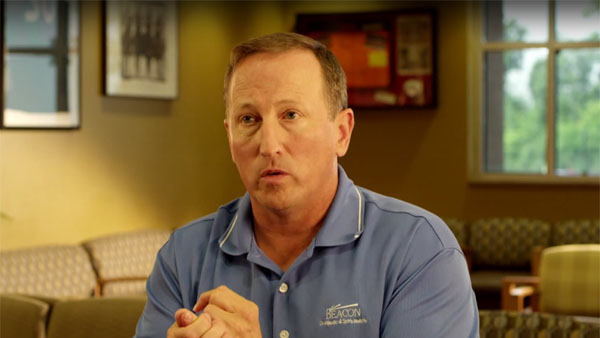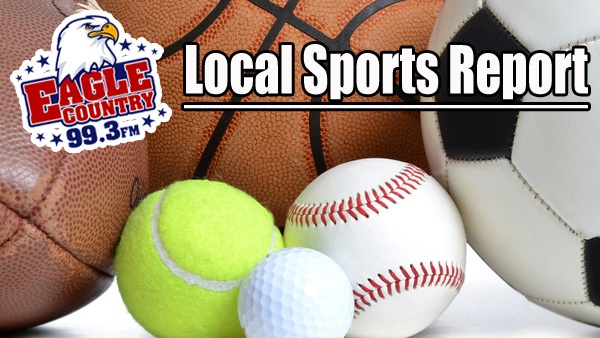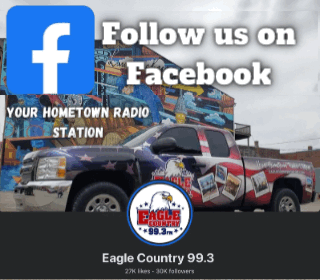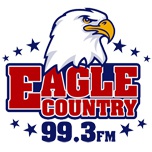Dr. David Argo has some helpful tips to stay safe this ski season.

Photo provided.
Hitting the Slopes
As Tri-State weather turns (and stays) cold, Perfect North starts "blowing snow" and ski buffs who have been socially distanced want to head downhill.
Whether you are an amateur or a more seasoned skier and boarder, Dr. David Argo from Beacon Orthopaedics & Sports Medicine encourages everyone to prepare thoroughly before getting on a chair lift, saying it is the best way to prevent injuries. “Before skiing or snowboarding this season, do some strength training and be sure to use a good stretching program,” Dr. Argo said. “Check your equipment and be sure to bundle up for the cold temperatures, too.” He also stressed that even if you are only tubing, you should prepare thoroughly. It is the best way to ensure you have fun and avoid injury, making special effort to train and strengthen your knees, elbows and shoulder joints.
Strong Shoulders Matter
The rotator cuff is a tendon that has four muscles attaching it to the ball part of the shoulder, allowing you to lift and rotate your arm. No one plans to slip and fall, but icy conditions sometimes cause falls (even for experienced boarders and skiers). Rotator cuff strains/tears are almost as common as knee-related injuries from winter sports, so strengthening shoulders is always a good preparation idea.
The most common shoulder injuries are dislocations (when the shoulder “pops out” of joint) and rotator cuff tears. These injuries usually occur when a person falls directly on the shoulder or on an outstretched arm. When injured, a rotator cuff tear can be very painful and result in weakness when trying to raise your arm. Be aware that X-rays are usually negative. An MRI is often necessary to establish the true diagnosis.
Strengthen and Condition Legs
Snow sports are physically demanding. Leg strength and conditioning is essential to prevent or lessen the severity of injuries. The possibility of getting hurt is much higher if your muscles fatigue while on the slopes. To best prepare for that, take a few simple steps before the snow falls. Jumping and bouncing exercises build strength and endurance, as they mimic the stress that is put on legs while skiing and boarding. You can do those even while socially distanced.
Ski Safety Tips
· Injuries are more common among beginners. Take a lesson (or two!).
· Bad habits can lead to injuries. Concentrate on using proper technique.
· Check your equipment to begin the season – and again regularly throughout.
· Warm up and stretch thoroughly every time.
· Dress for the weather.
· Wear a helmet for skiing and boarding. NOTE: snow boarders should also wear wrist guards.
· Make sure you are properly hydrated before, during and after a day a skiing.
· Never ski or board alone.
“If you do get injured on the slopes, stop and rest,” said Dr. Argo. “While you’re still there, seek out the onsite medical staff if pain is significant or if you have any questions. And then, after you get home, be sure to ice and elevate the injury. If the pain does not improve within a few days, see a medical professional.”
As always, if you or someone you love needs an evaluation, appointments are available at Beacon West, Lawrenceburg and Batesville, along with Saturday morning injury clinics and urgent care at Erlanger and Summit Woods. Go to www.beaconortho.com or call 513-354-3700 for an appointment. All 13 Beacon locations are seeing patients. Striving to ensure patient and staff health, Beacon offers Telehealth Video Visits and when seeing patients in person, they are using all approved safety protocols, including temperature checks, masks, hand sanitizing.
Providing a safe environment to diagnose and recommend the next steps for any injury is always the right thing to do. If you need to talk with a medical professional about pain, please visit our website to make an appointment or call 513-354-3700 to schedule an appointment.

 Local Sports Report - February 7-8, 2025
Local Sports Report - February 7-8, 2025
 Lawrenceburg Girls Soccer Receive State Championship Rings
Lawrenceburg Girls Soccer Receive State Championship Rings
 Cade Kaiser Joins 1,000 Point Club
Cade Kaiser Joins 1,000 Point Club
 Five Earn ORVC Weekly Honors
Five Earn ORVC Weekly Honors













